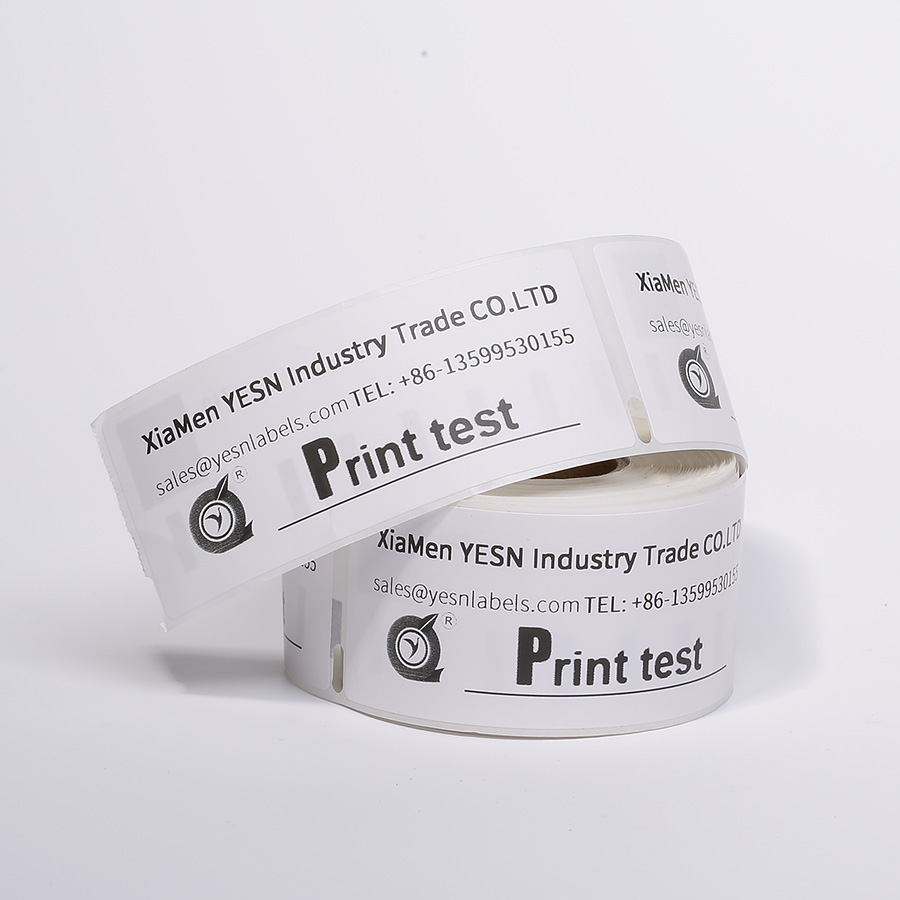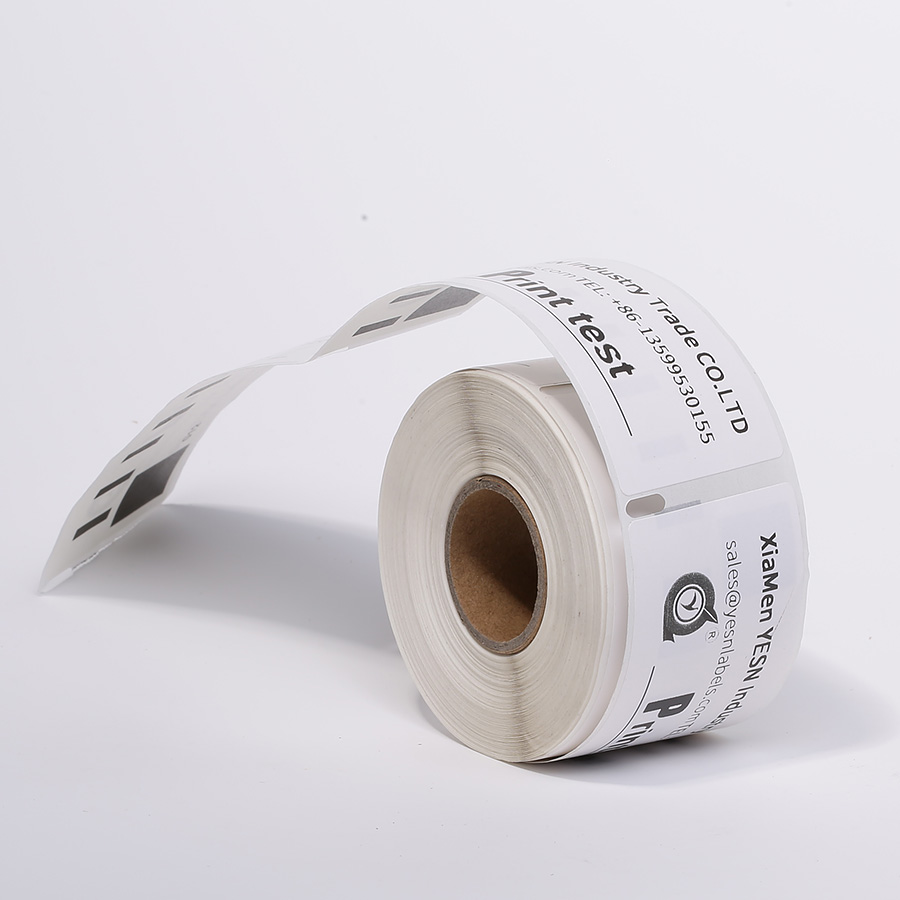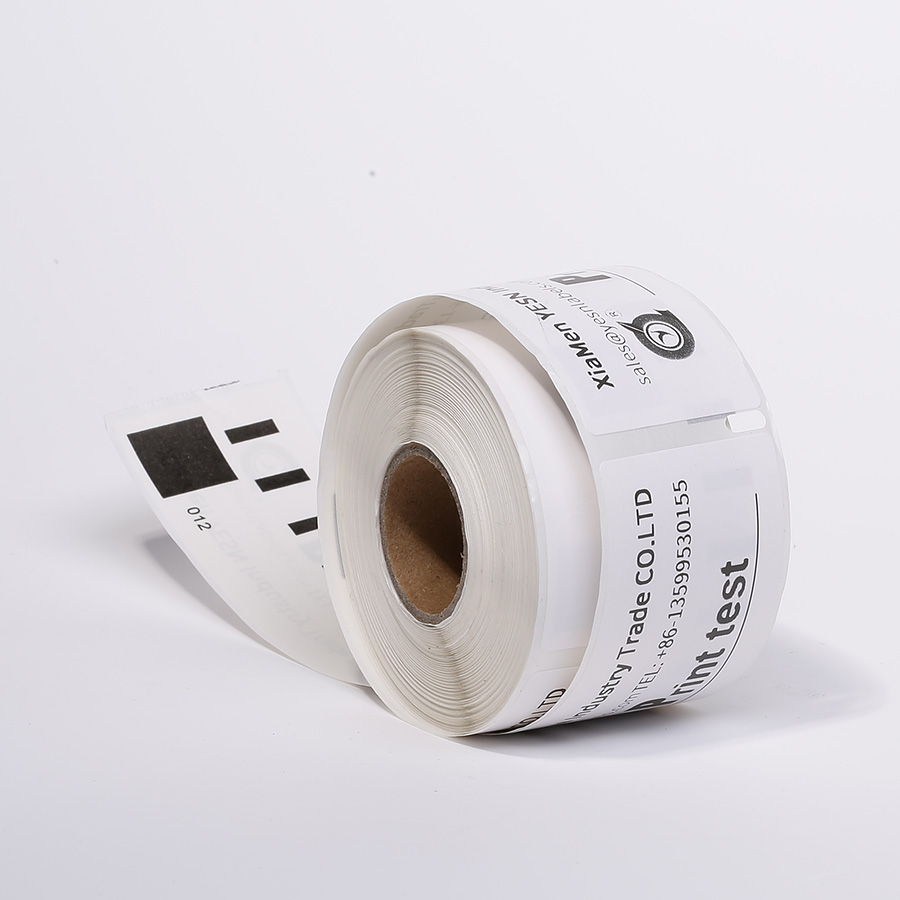How Do I Print My Own Labels?
Printing your own labels can be a cost-effective and convenient solution for various needs,
whether for personal or business use. Here’s a step-by-step guide to help you get started:
1.Choose a Printer:
Select a printer that is suitable for printing labels. Common options include:
.Laser Printers: Best for high-volume printing and sharp text.
.Inkjet Printers: Good for color printing and smaller batches.
.Thermal Printers: Ideal for durable, long-lasting labels without the need for ink.
2.Select Label Stock:
Purchase the appropriate label stock from a reputable supplier.
Ensure the material is compatible with your printer and meets your durability requirements.
Common types include:
.Paper Labels: Suitable for indoor use and short-term applications.
.Synthetic Labels: Durable and resistant to water, chemicals, and temperature changes.
.Vinyl Labels: Highly durable and weather-resistant.
3.Design the Label:
Use graphic design software (e.g., Adobe Illustrator, Canva, Microsoft Word) to create your label design.
Ensure the text is legible and the layout is organized.
4.Prepare the Design:
Save your label design in a format compatible with your printer (e.g., PDF, PNG).
5.Load the Printer:
Load the label stock into your printer according to the manufacturer's instructions.
6.Print the Labels:
Print the labels using your chosen printer.
Check the first few prints to ensure the quality and alignment are correct.
7.Test the Labels:
Apply a few printed labels to the product or packaging to ensure they adhere properly and remain readable.
8.Mass Production:
Once you are satisfied with the results, proceed with mass production of the labels.

Is It Cheaper to Print Your Own Labels or Buy Them?
The cost-effectiveness of printing your own labels versus buying pre-printed labels depends on several factors:
1.Volume:
For small quantities, buying pre-printed labels may be cheaper due to the initial cost of purchasing a printer and label stock.
However, for larger volumes, printing your own labels can be more cost-effective.
2.Printer Cost:
Consider the cost of the printer and its maintenance, including ink or toner replacements.
3.Label Stock:
The cost of label stock can vary, so compare prices to find the best deal.
4.Time and Effort:
Printing your own labels requires time and effort, which may be a consideration if you have limited resources.
To determine the most cost-effective option, calculate the total cost of printing your own labels
(including the printer, ink/toner, and label stock) and compare it to the cost of buying pre-printed labels.

Does USPS Have a Label Printer?
USPS does not provide a physical label printer for customers to use at their facilities.
However, they offer several tools and services to help you create and print shipping labels:
1.Click-N-Ship:
This online tool allows you to create and print shipping labels from your computer or mobile device.
You can access Click-N-Ship through the USPS website or mobile app.
2.USPS.com:
Visit the USPS website to generate and print shipping labels for various services, including Priority Mail, First-Class, and more.
3.Mobile App:
The USPS mobile app provides a convenient way to create and print shipping labels on the go.
These tools are free to use, and you only pay for the cost of shipping and the label stock.

What Is a Label Print?
A label print refers to the process of creating and producing a label using a printer.
This can involve various steps, including designing the label, selecting the appropriate label stock,
and using a printer to print the final product. Label prints can be used for a wide range of applications, such as:
1.Shipping Labels:
Used for mailing packages and ensuring they reach the correct destination.
2.Product Labels:
Provide information about products, including ingredients, usage instructions, and safety warnings.
3.Inventory Labels:
Help manage and organize inventory by providing product details and location information.
4.Address Labels:
Simplify the process of addressing envelopes and packages.
5.Barcodes and QR Codes:
Facilitate tracking and data management in various industries.
By understanding the process of printing your own labels, comparing costs,
utilizing USPS tools, and knowing the applications of label prints,
you can effectively manage your labeling needs.
 +86 13306035080
+86 13306035080 Skype: labelpaper
Skype: labelpaper WhatsAPP: +86 13599530155
WhatsAPP: +86 13599530155 order@yesnlabels.com | sales@yesnlabels.com
order@yesnlabels.com | sales@yesnlabels.com


 No.8-1 JiuZhanLinLi HeShan XinMin Town TongAn District XiaMen 361100 China
No.8-1 JiuZhanLinLi HeShan XinMin Town TongAn District XiaMen 361100 China Phone+86 13306035080
Phone+86 13306035080 AddressNo.8-1 JiuZhanLinLi HeShan XinMin Town TongAn District XiaMen 361100 China
AddressNo.8-1 JiuZhanLinLi HeShan XinMin Town TongAn District XiaMen 361100 China E-amil
E-amil

